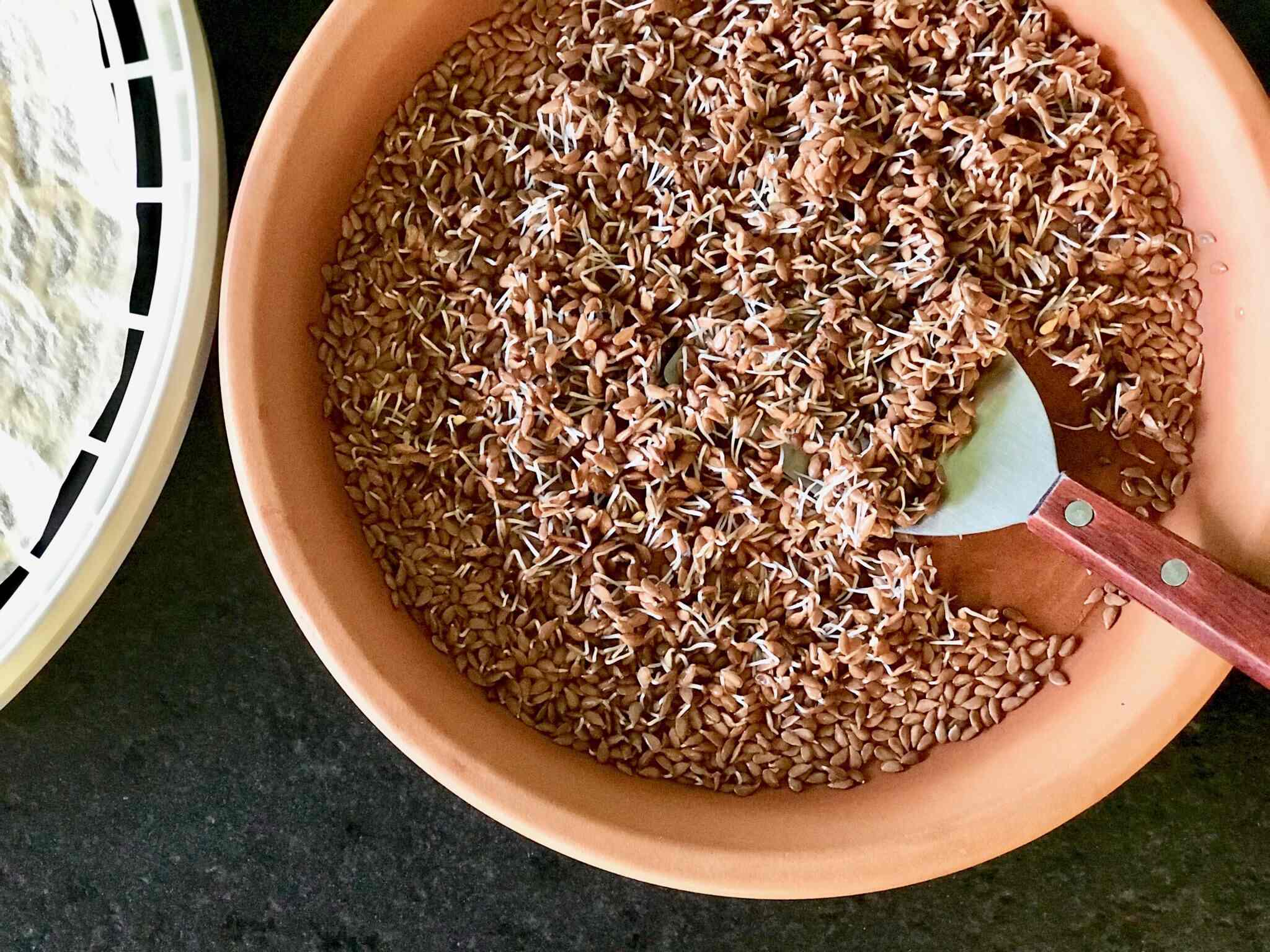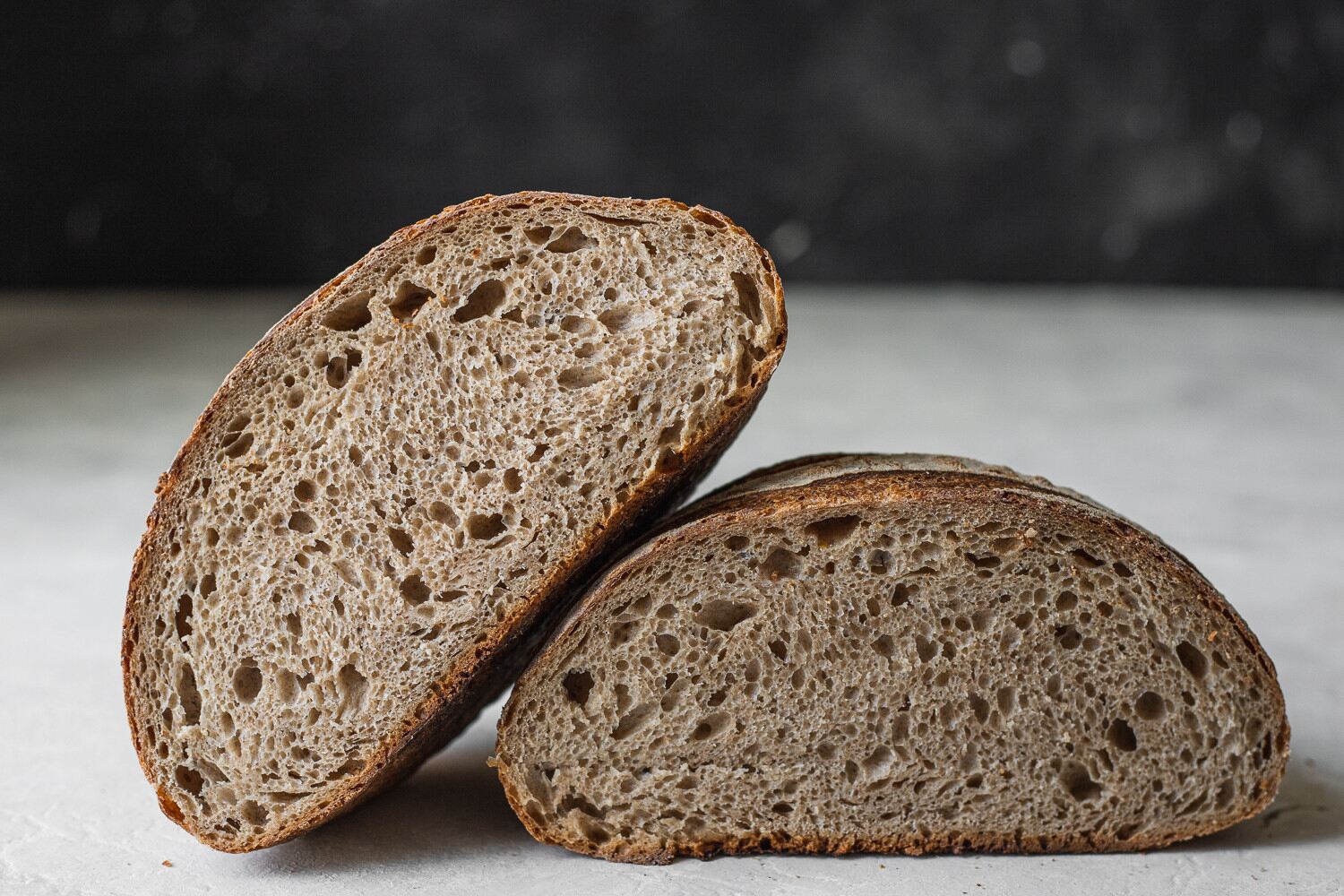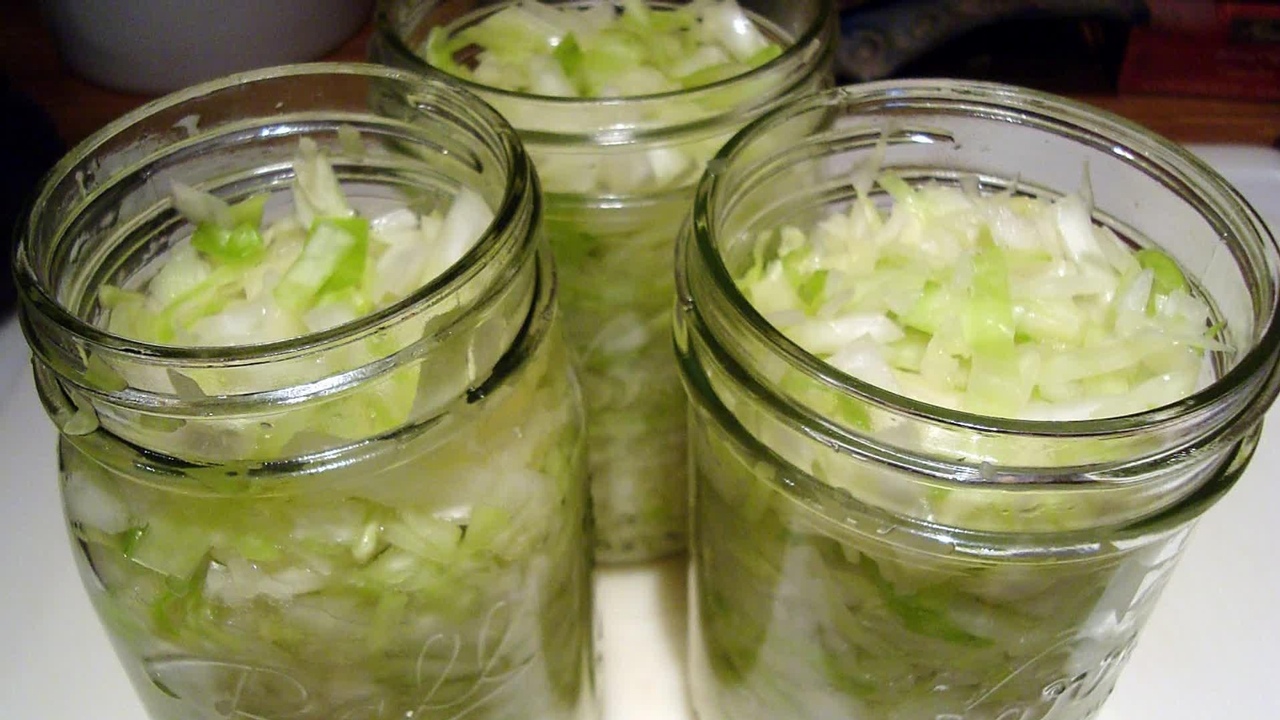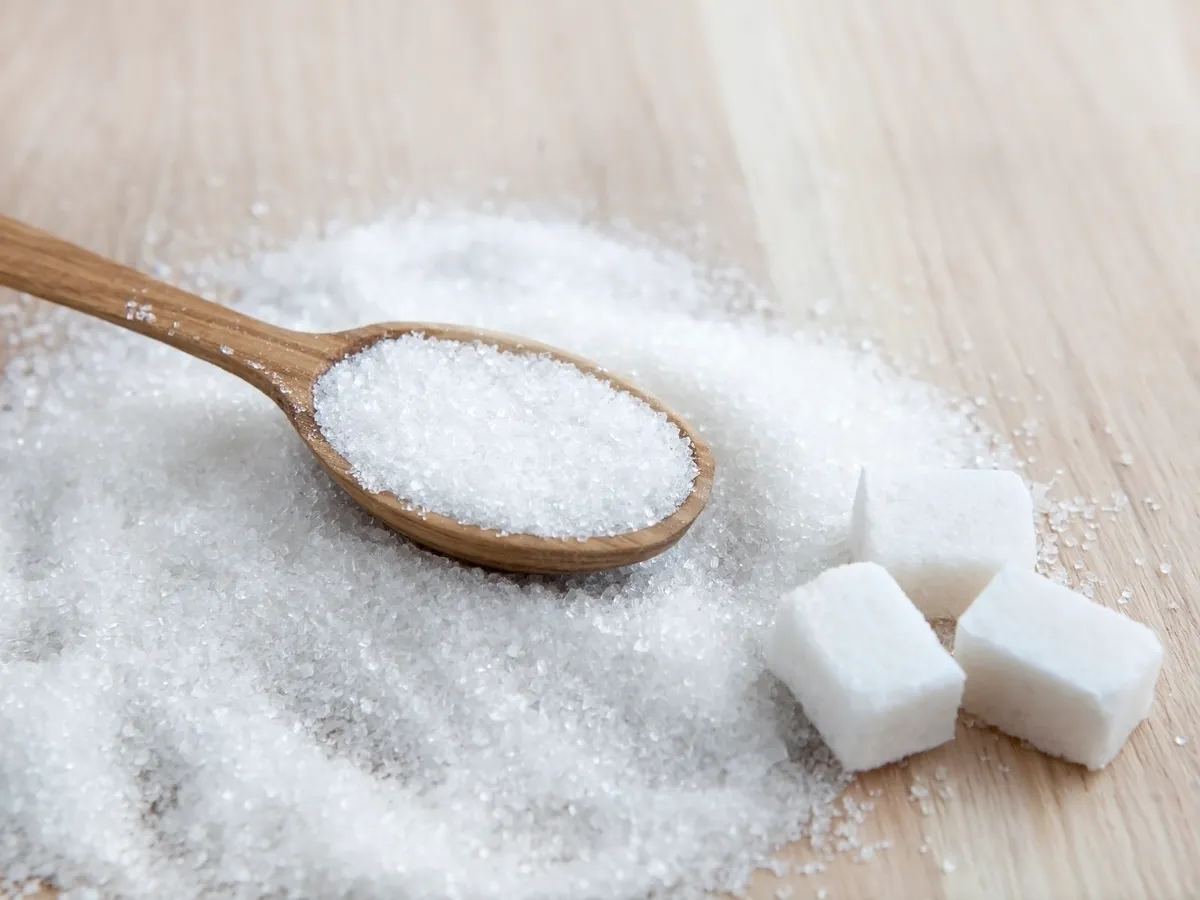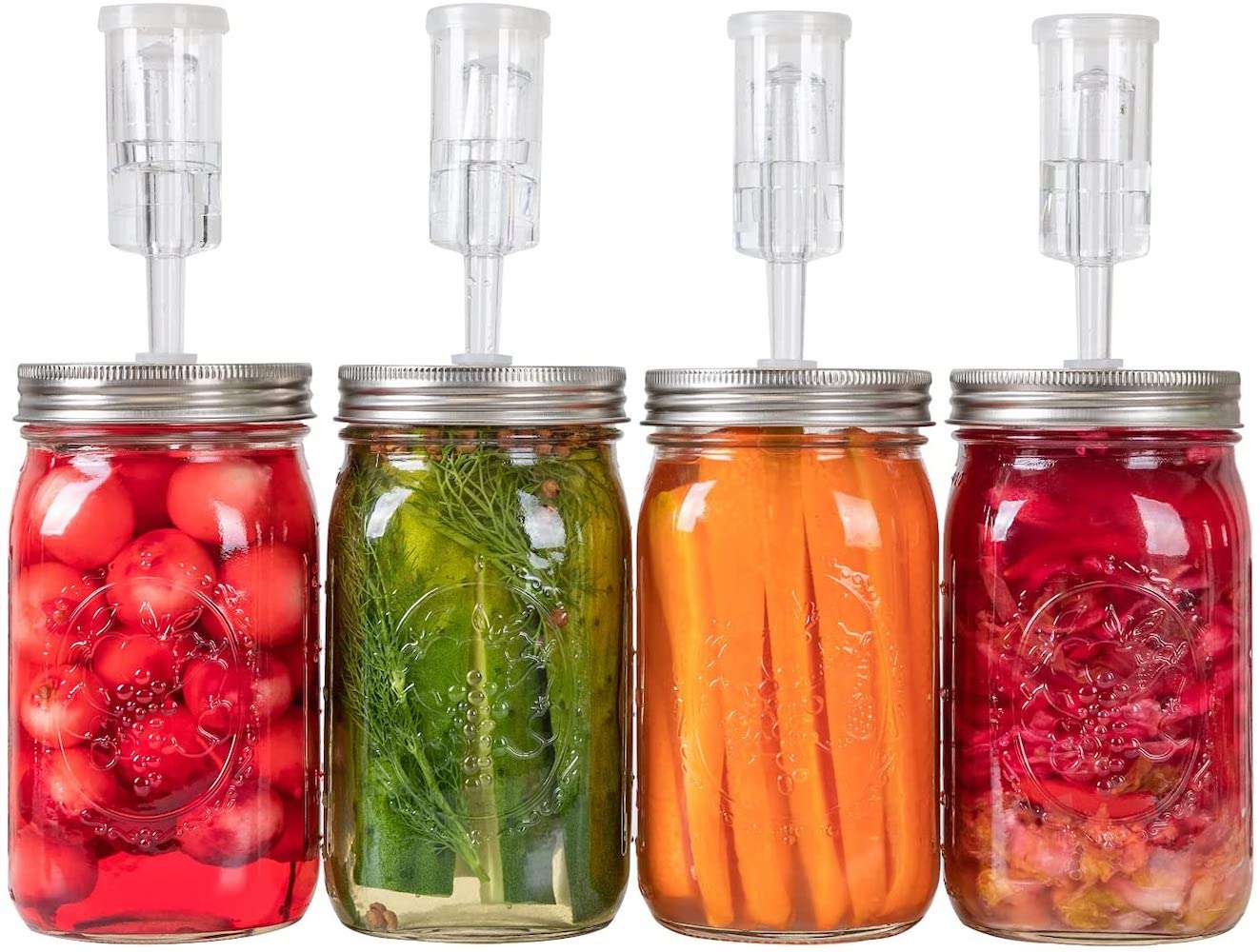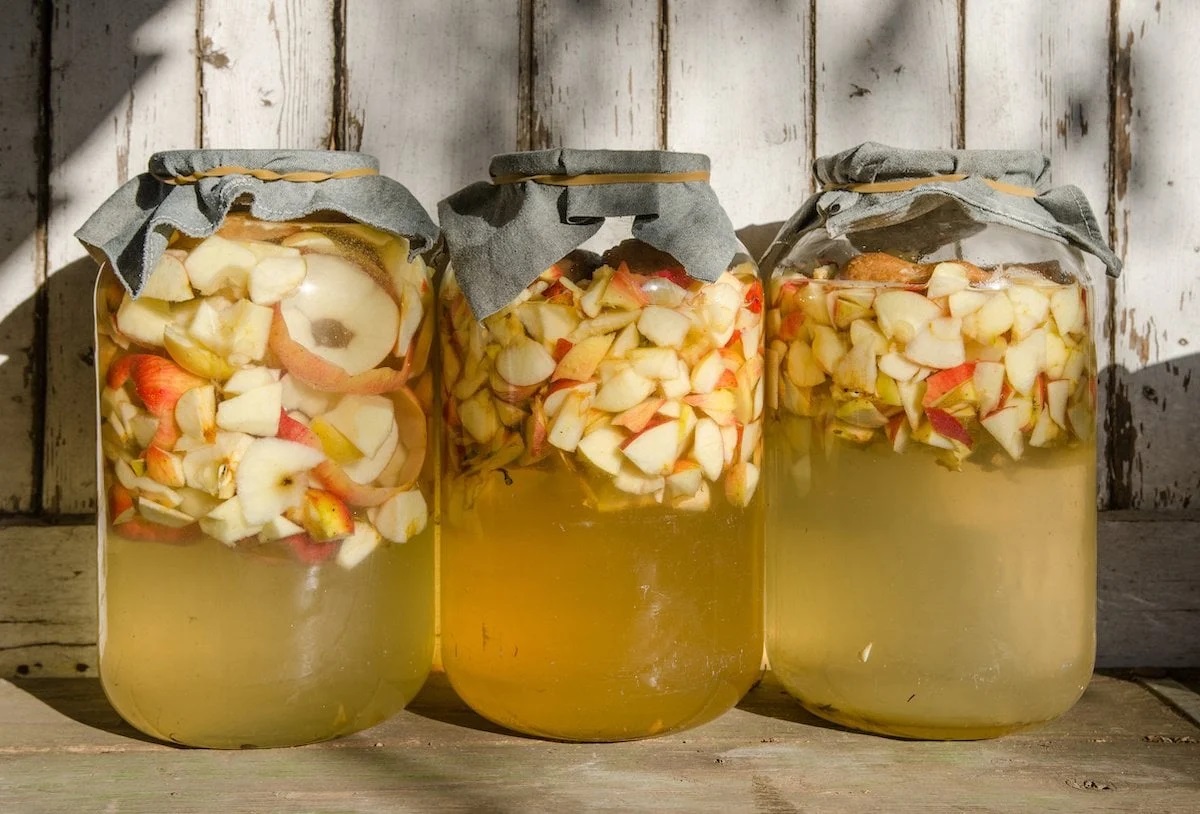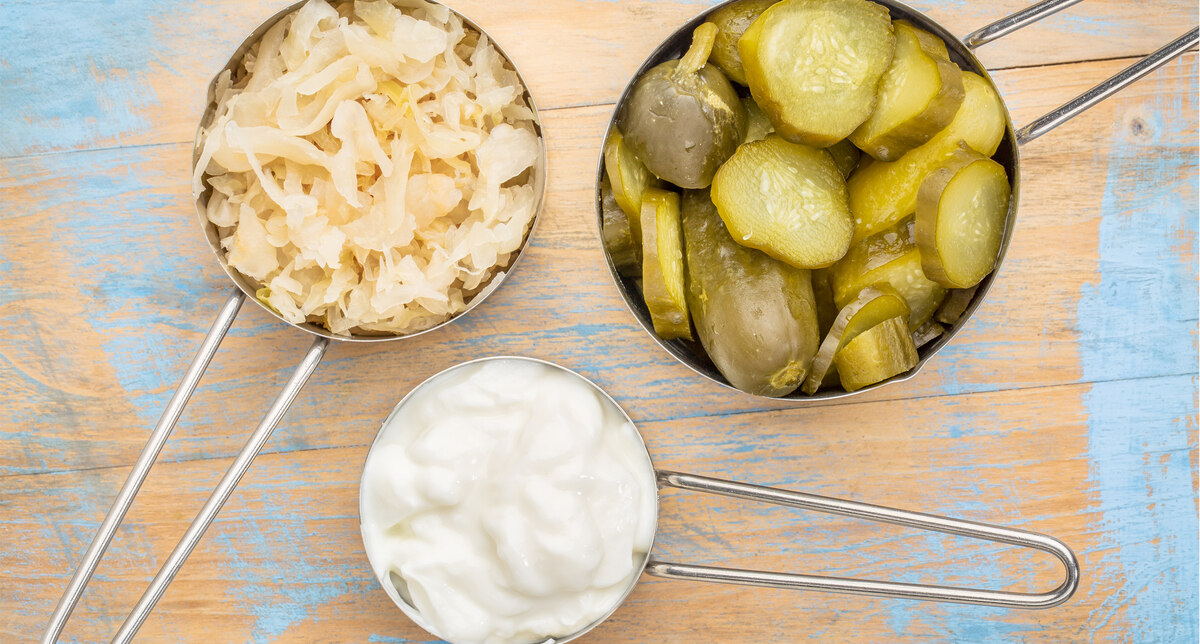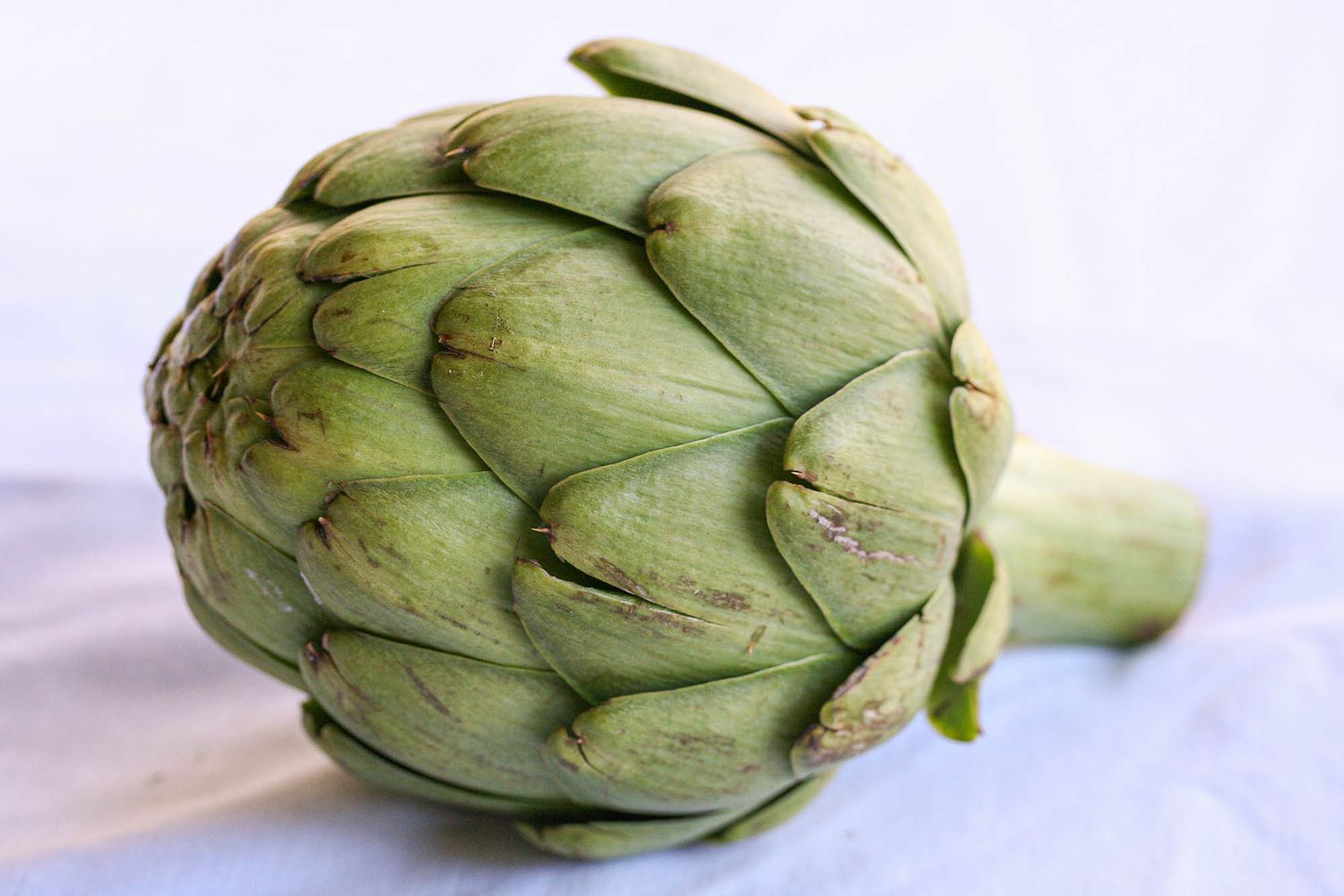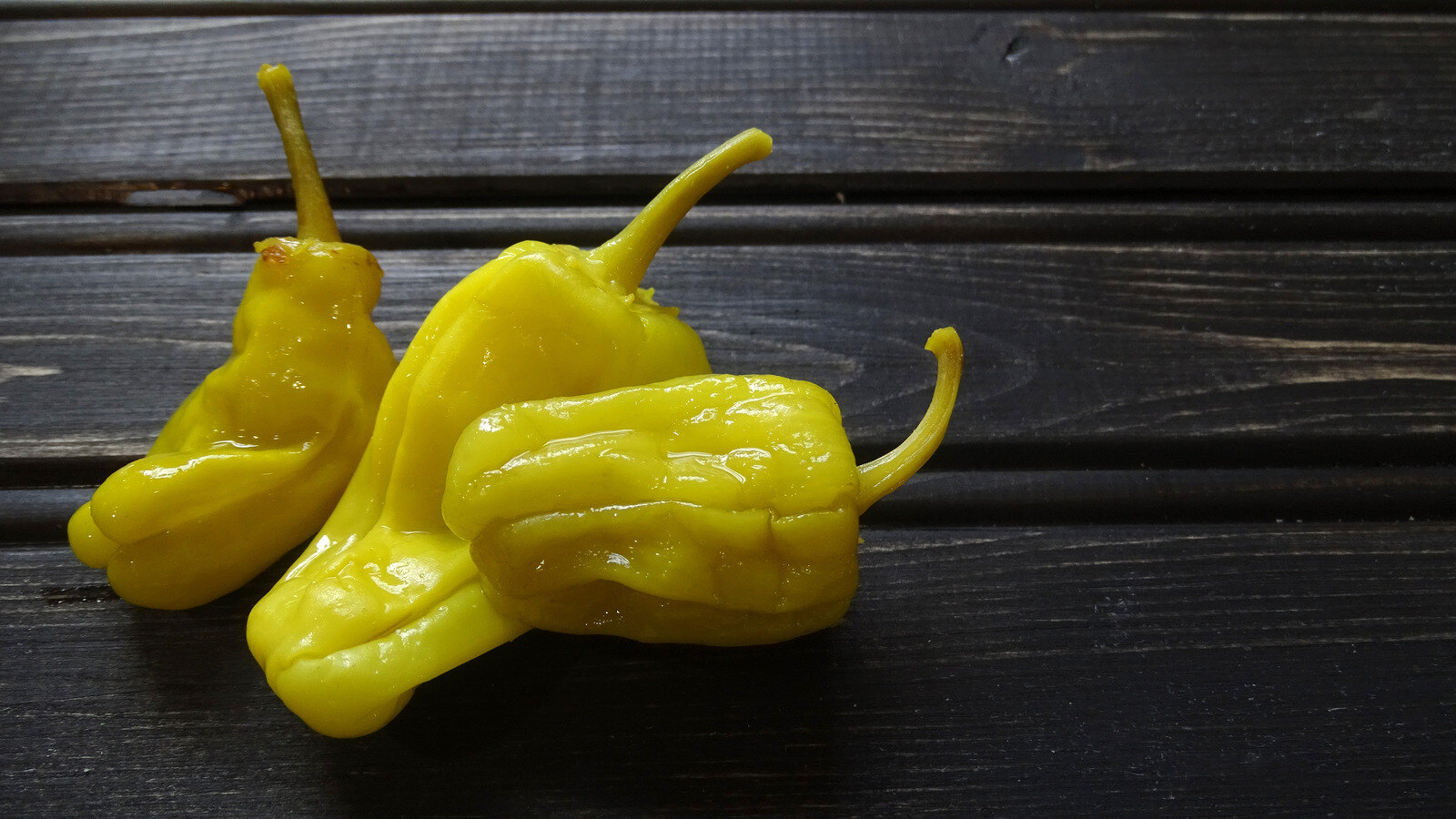Discover the Art of Fermenting Vegetables with Yogurt
Welcome to the wonderful world of fermenting vegetables with yogurt! This ancient technique not only preserves the freshness of vegetables but also enhances their nutritional value. If you’re new to the concept of fermentation, fear not – we’re here to guide you through the process step by step. Let’s dive in and explore the fascinating process of fermenting vegetables with yogurt.
Why Ferment Vegetables with Yogurt?
Before we delve into the process, let’s understand why fermenting vegetables with yogurt is so beneficial. Fermentation not only extends the shelf life of vegetables but also introduces probiotics, which are beneficial for gut health. When combined with yogurt, the fermentation process enhances the flavor and texture of the vegetables, creating a delightful and nutritious end product.
Step-by-Step Guide to Fermenting Vegetables with Yogurt
Now that we understand the benefits, let’s walk through the process of fermenting vegetables with yogurt. Here’s a simple step-by-step guide to get you started:
- Choose Your Vegetables: Select your favorite vegetables, such as carrots, cucumbers, or cabbage, and wash them thoroughly.
- Prepare the Yogurt: Use high-quality, full-fat yogurt as the base for your fermentation. The live cultures in the yogurt will kickstart the fermentation process.
- Cut and Season the Vegetables: Cut the vegetables into bite-sized pieces and season them with salt, spices, and herbs of your choice. This step adds flavor and aids in the fermentation process.
- Combine Yogurt and Vegetables: Mix the prepared vegetables with the yogurt in a clean, sterilized jar. Ensure that the vegetables are fully coated with the yogurt mixture.
- Allow Fermentation: Seal the jar and let it sit at room temperature for 24-48 hours. During this time, the lactobacillus bacteria in the yogurt will ferment the vegetables, creating a tangy and probiotic-rich dish.
- Enjoy the Fermented Vegetables: Once the fermentation process is complete, transfer the jar to the refrigerator to slow down the fermentation. Your delicious, probiotic-rich fermented vegetables are now ready to be enjoyed!
Tips for Successful Fermentation
While fermenting vegetables with yogurt is a relatively simple process, there are a few key tips to keep in mind to ensure successful results:
- Use Clean Equipment: Ensure that all utensils, jars, and surfaces are thoroughly cleaned and sanitized to prevent the growth of harmful bacteria.
- Monitor the Fermentation Process: Keep an eye on the jar during the fermentation period. You should see bubbles forming, indicating that the fermentation process is underway.
- Experiment with Flavors: Don’t be afraid to get creative with your seasoning choices. Experiment with different herbs, spices, and even citrus zest to create unique flavor profiles.
- Start Small: If you’re new to fermenting vegetables, start with small batches to gain confidence and refine your technique.
Embrace the Art of Fermentation
Fermenting vegetables with yogurt is a time-honored tradition that not only preserves the harvest but also elevates the nutritional content of the vegetables. By harnessing the power of probiotics and natural fermentation, you can create delicious and gut-friendly dishes that will delight your taste buds and support your overall well-being. So, roll up your sleeves, gather your favorite vegetables, and embark on a journey into the world of fermenting vegetables with yogurt – your taste buds and gut will thank you!
Was this page helpful?
Read Next: How To Ferment Fruit Juice At Home

